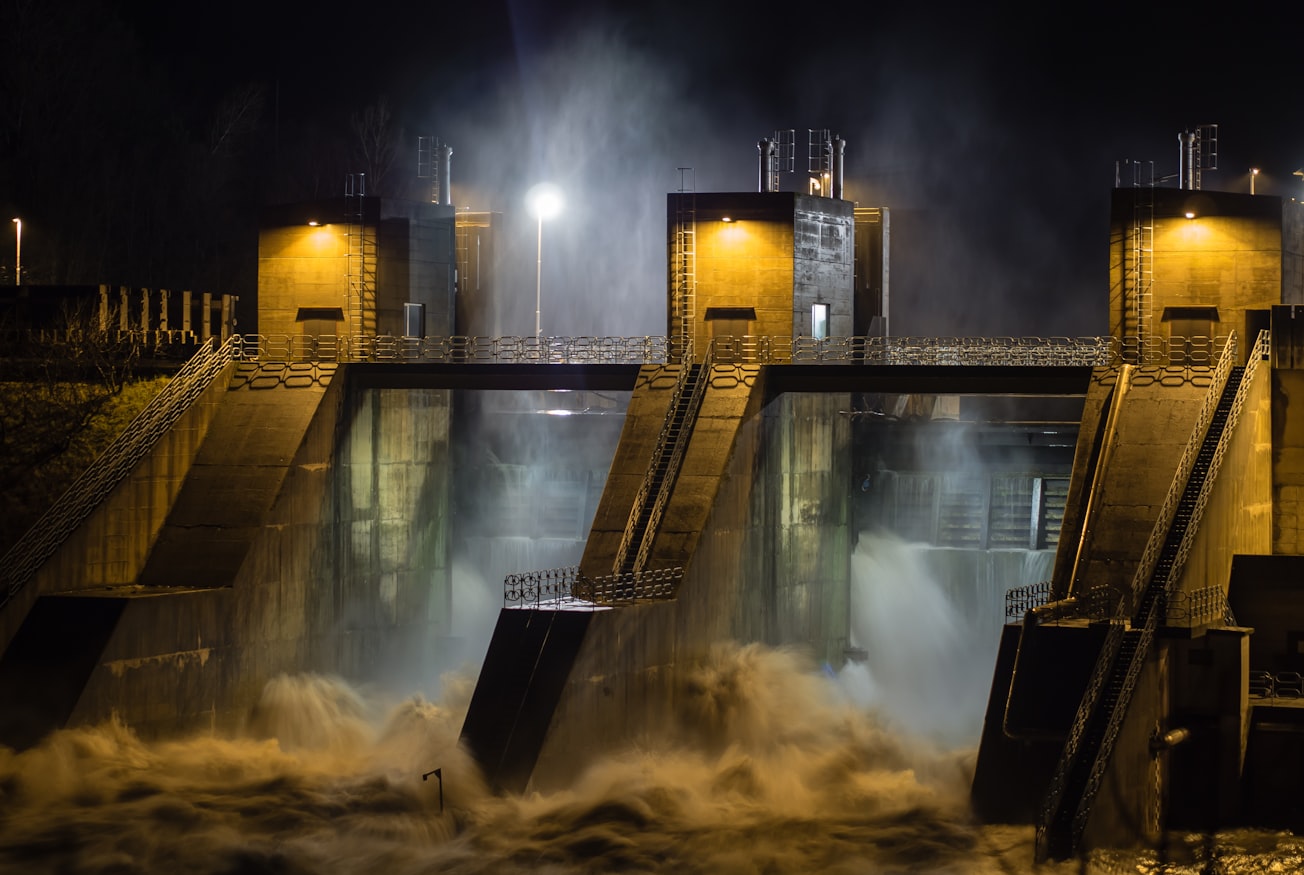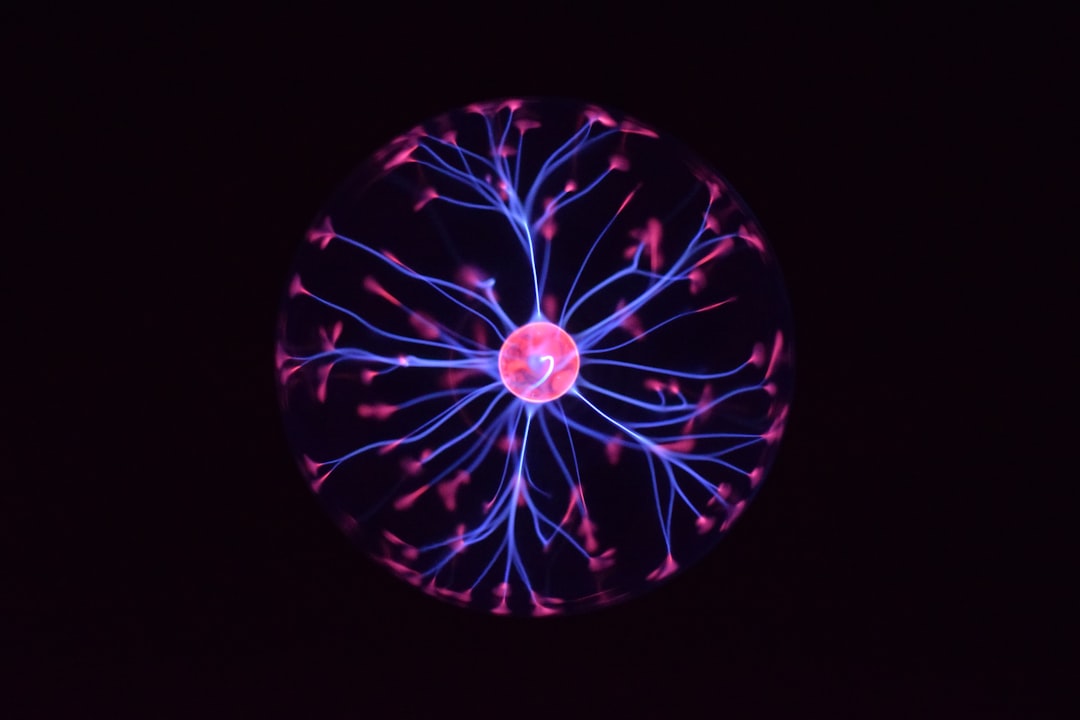What is it about?
This research reports the mean-velocity field associated with a general plane-parallel flow, regardless of its being laminar, turbulent, steady-state, unsteady, or transient. The Reynolds-averaged Navier–Stokes equation is posed, with proper initial and boundary conditions, and the solution is developed in an easy-to-follow fashion. The time-dependent general analytic solution is obtained, which is the sum of three components: (i) the transient decay of the initial mean velocity, (ii) the unsteady mean velocity directly created by the mean pressure gradient, and (iii) the unsteady mean velocity originated from the flow's Reynolds shear-stress gradient. Each one of these components has a different evolution in time, resulting in an asynchronism among them that yields deformed mean-velocity profiles. The formalism is applied to study the transient flow created when an initial steady-state flow is accelerated or decelerated up to a final steady state. A rapidly accelerated version of this problem was already studied in a DNS by He and Seddighi [“Turbulence in transient channel flow,” J. Fluid Mech. 715, 60–102 (2013)]. We show that DNS results concerning mean velocity are qualitatively reproduced by our approach, including surprising features like the flattening of transient mean-velocity profiles, the middle mean-velocity overshoot, global laminarization, and the enhancement of the viscous sublayer related to the notion of hyperlaminarity already introduced by the authors. The decelerated case presents sharpening of mean-velocity profiles, middle mean-velocity undershoots, global turbulentization, and the destruction of the viscous sublayer, and poses predictions that await experimental confirmation. This research continues the exposition of the theory of underlying laminar flow initiated in previous papers.
Featured Image

Photo by Jani Brumat on Unsplash
Why is it important?
It is the first time that such a general solution is reported. It is an important piece of knowledge for anyone working with fluid flow.
Perspectives
We expect researchers will have a clearer mental picture of what is going on inside a plane-parallel flow. Even students will have the possibility to learn the structure of a flow by themselves. Any fluid flow between parallel plates can be characterised by our solution.
F. Javier Garcia Garcia
Universidade da Coruna
Read the Original
This page is a summary of: On the general analytic solution for unsteady turbulent incompressible flow between parallel plates, Physics of Fluids, April 2021, American Institute of Physics,
DOI: 10.1063/5.0031338.
You can read the full text:
Contributors
The following have contributed to this page










